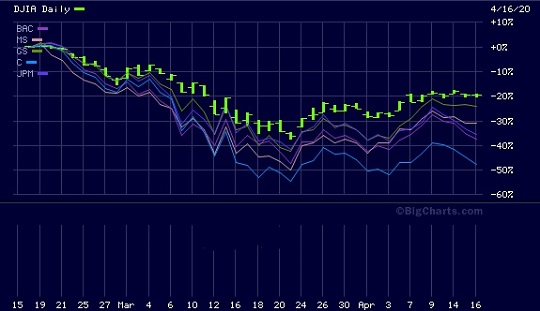Introduction
Day trading can be an exciting and potentially lucrative venture for investors looking to capitalize on short-term market fluctuations. However, it requires a strategic approach and a deep understanding of the market.
In this article, we will explore strategies for effective day trading, common mistakes to avoid, and valuable resources for aspiring day traders. Whether you are a seasoned investor or just starting out, this guide will provide you with the tools and knowledge needed to navigate the world of day trading.
Strategies for Effective Day Trading
Day trading requires understanding market indicators and technical analysis tools, implementing a disciplined approach, and utilizing leverage effectively.
Market indicators like moving averages, RSI, and volume help identify opportunities. Technical analysis tools like candlestick charts, support and resistance levels, and Fibonacci retracement aid in predicting future price movements.
A disciplined approach involves setting specific entry and exit points for trades to avoid impulsive decisions. Incorporating stop-loss orders limits potential losses by automatically closing trades at predetermined prices.
Using leverage responsibly involves starting with small position sizes, setting risk management rules, and regularly monitoring positions.
By employing these strategies, day traders can increase their chances of success while minimizing risks.
Common Mistakes to Avoid in Day Trading
Day trading can be a challenging endeavor, but by steering clear of common mistakes, you can increase your chances of success. Here are three key pitfalls to avoid:
-
Overtrading and Chasing After Quick Gains: Many day traders fall into the trap of overtrading due to the fear of missing out (FOMO). This impulsive behavior leads to increased transaction costs and erodes potential profits. Instead, focus on quality trades and exercise patience and discipline.
-
Neglecting Risk Management Strategies: Failing to have a well-defined plan for each trade, including stop-loss levels and profit targets, can result in substantial losses. Diversifying across different stocks or sectors also helps mitigate risk by reducing exposure to any single stock’s performance.
-
Failing to Adapt to Changing Market Conditions: Markets are dynamic and constantly evolving. Not adjusting trading strategies based on changing conditions can lead to missed opportunities or unnecessary losses. Stay informed about market trends, news events, and economic indicators to stay ahead of the curve.
By avoiding these mistakes and implementing sound strategies, you can enhance your chances of success in day trading.
Resources for Day Traders
Day trading requires access to valuable resources that can enhance trading strategies and knowledge. Online platforms such as Interactive Brokers, TD Ameritrade thinkorswim, ETRADE Power ETRADE, and Charles Schwab StreetSmart Edge offer real-time market data, charting tools, and order execution capabilities.
These platforms cater specifically to day traders’ needs.
Educating oneself is crucial for success in day trading. Recommended books like “A Beginner’s Guide to Day Trading Online” by Toni Turner and “Technical Analysis of the Financial Markets” by John J. Murphy provide insights into strategies, technical analysis techniques, and risk management principles.
Investopedia’s Day Trading Course is also a valuable resource offering comprehensive lessons on market mechanics, trading psychology, and risk management.
By utilizing these resources, day traders can enhance their knowledge, improve decision-making abilities, and increase their chances of success in the fast-paced world of day trading. Continuous learning and staying up-to-date with market trends are key to achieving consistent profitability.
Conclusion
[lyte id=’Wk-h2CwEH5k’]



